ANDERSONS
Atlas of Hematology
THIRD EDITION
Unit I
Cell Descriptions
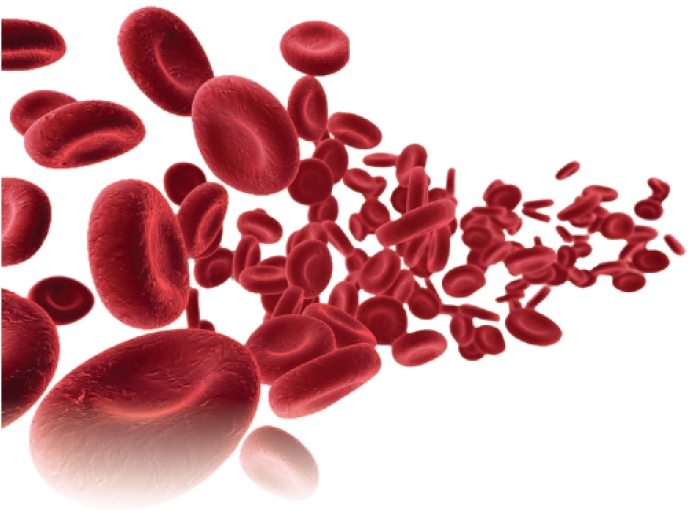
World Headquarters
Jones & Bartlett Learning
5 Wall Street
Burlington, MA 01803
978-443-5000
www.jblearning.com
Jones & Bartlett Learning books and products are available through most bookstores and online booksellers. To contact Jones & Bartlett Learning directly, call 800-832-0034, fax 978-443-8000, or visit our website, www.jblearning.com.
Substantial discounts on bulk quantities of Jones & Bartlett Learning publications are available to corporations, professional associations, and other qualified organizations. For details and specific discount information, contact the special sales department at Jones & Bartlett Learning via the above contact information or send an email to .
Copyright 2021 by Jones & Bartlett Learning, LLC, an Ascend Learning Company
All rights reserved. No part of the material protected by this copyright may be reproduced or utilized in any form, electronic or mechanical, including photocopying, recording, or by any information storage and retrieval system, without written permission from the copyright owner.
The content, statements, views, and opinions herein are the sole expression of the respective authors and not that of Jones & Bartlett Learning, LLC. Reference herein to any specific commercial product, process, or service by trade name, trademark, manufacturer, or otherwise does not constitute or imply its endorsement or recommendation by Jones & Bartlett Learning, LLC and such reference shall not be used for advertising or product endorsement purposes. All trademarks displayed are the trademarks of the parties noted herein. Andersons Atlas of Hematology, Third Edition is an independent publication and has not been authorized, sponsored, or otherwise approved by the owners of the trademarks or service marks referenced in this product.
There may be images in this book that feature models; these models do not necessarily endorse, represent, or participate in the activities represented in the images. Any screenshots in this product are for educational and instructive purposes only. Any individuals and scenarios featured in the case studies throughout this product may be real or fictitious, but are used for instructional purposes only.
The authors, editor, and publisher have made every effort to provide accurate information. However, they are not responsible for errors, omissions, or for any outcomes related to the use of the contents of this book and take no responsibility for the use of the products and procedures described. Treatments and side effects described in this book may not be applicable to all people; likewise, some people may require a dose or experience a side effect that is not described herein. Drugs and medical devices are discussed that may have limited availability controlled by the Food and Drug Administration (FDA) for use only in a research study or clinical trial. Research, clinical practice, and government regulations often change the accepted standard in this field. When consideration is being given to use of any drug in the clinical setting, the health care provider or reader is responsible for determining FDA status of the drug, reading the package insert, and reviewing prescribing information for the most up-to-date recommendations on dose, precautions, and contraindications, and determining the appropriate usage for the product. This is especially important in the case of drugs that are new or seldom used.
21692-9
Production Credits
VP, Product Management: Amanda Martin
Director of Product Management: Cathy L. Esperti
Product Coordinator: Elena Sorrentino
Senior Project Specialist: Alex Schab
Digital Project Specialist: Rachel Reyes
Director of Marketing: Andrea DeFronzo
VP, Manufacturing and Inventory Control: Therese Connell
Composition & Project Management: SPi Global
Cover Design: Kristin E. Parker
Senior Media Development Editor: Troy Liston
Rights Specialist: Rebecca Damon
Cover Image (Title Page, Part Opener, Chapter Opener): Background: SCIEPRO/Getty Images and Thinkhubstudio/Getty Images; Middle images left to right: KATERYNA KON/SCIENCE PHOTO LIBRARY/Getty Images, KATERYNA KON/SCIENCE PHOTO LIBRARY/Getty Images, and STEVEN MCDOWELL/SCIENCE PHOTO LIBRARY/Getty Images.
Printing and Binding: LSC Communications
Cover Printing: LSC Communications
Library of Congress Cataloging-in-Publication Data
Library of Congress Cataloging-in-Publication Data unavailable at time of printing.
6048
Printed in the United States of America
24 23 22 21 20 10 9 8 7 6 5 4 3 2 1
Preface
After many years of interacting with students, Shauna Anderson Young and Keila Poulsen have produced this atlas with high-quality images, which are combined with in-depth descriptive text to create an ideal bench-top tool for the student and practitioner.

ORGANIZATION
The text has two units: Cell Descriptions (or normal hematology) and Hematologic Disorders. The first unit is organized into three parts:
Hematopoietic cells, including a comparison of some of the commonly confused cells
Bone marrow cellularity, cells of the reticuloendothelial system, and nonhematopoietic cells
Cytochemical stains
Each cell description includes the cell size, a description of the nucleus and cytoplasm, and a list of associated clinical conditions. A drawing of the maturation series for each cell type accompanies the high-quality photographs.
The second unit describes hematologic disorders. Each description includes a brief summary of the clinical features, pathology, laboratory features, and a diagnostic scheme. The diagnostic scheme summarizes the relevant laboratory findings that lead to the features of a particular disorder. This unit is also organized into three parts:
Red blood cell disorders
White cell disorders
Miscellaneous disorders
The WHO classification of hematopoietic and lymphoid tissue has been incorporated into this atlas.

IS THIS TEXT FOR YOU?
Yes! The atlas can be used to teach any level of hematology. Whether it is used for teaching cell identification or for the diagnosis of disease, it is a valuable learning tool for students in medical laboratory technician or medical laboratory science/technology programs. It is also a great reference for students in nursing and nurse practitioner programs, as well as medical students or residents. Finally, this spiral-bound atlas is an ideal, user-friendly, convenient companion at the microscope and can be used as a retraining resource or as a laboratory reference.

ADDITIONAL RESOURCES
Additional resources are available in the Navigate 2 Advantage platform to help you learn the material and prepare for assessments. Simply redeem the access code found on the card at the front of the book at www.jblearning.com.
Instructor Resources
Approved adopting instructors will be given access to the following additional resources:


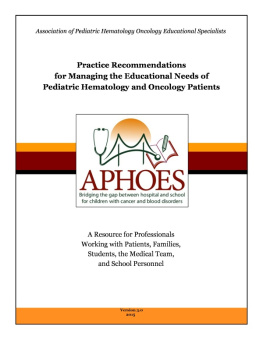

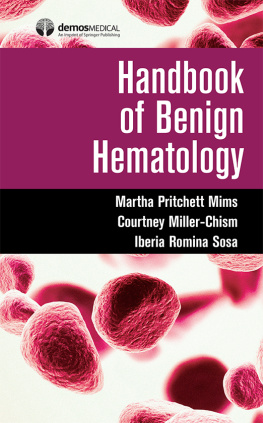
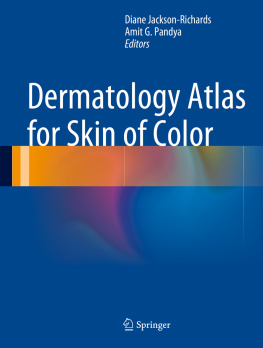
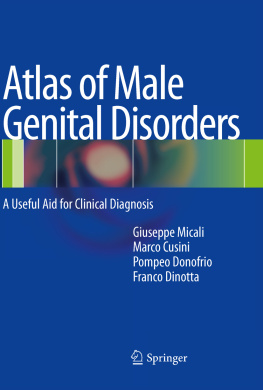


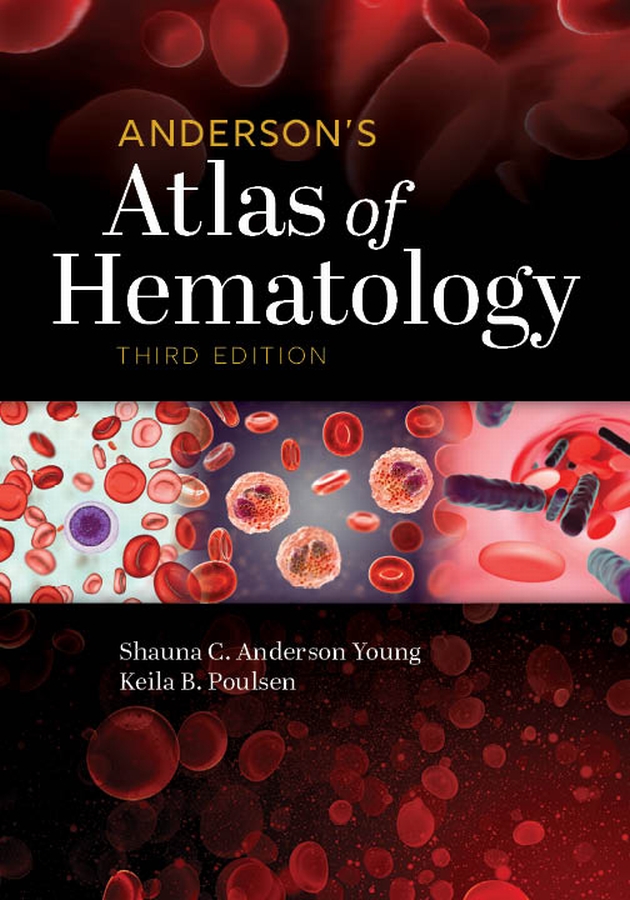

 ORGANIZATION
ORGANIZATION